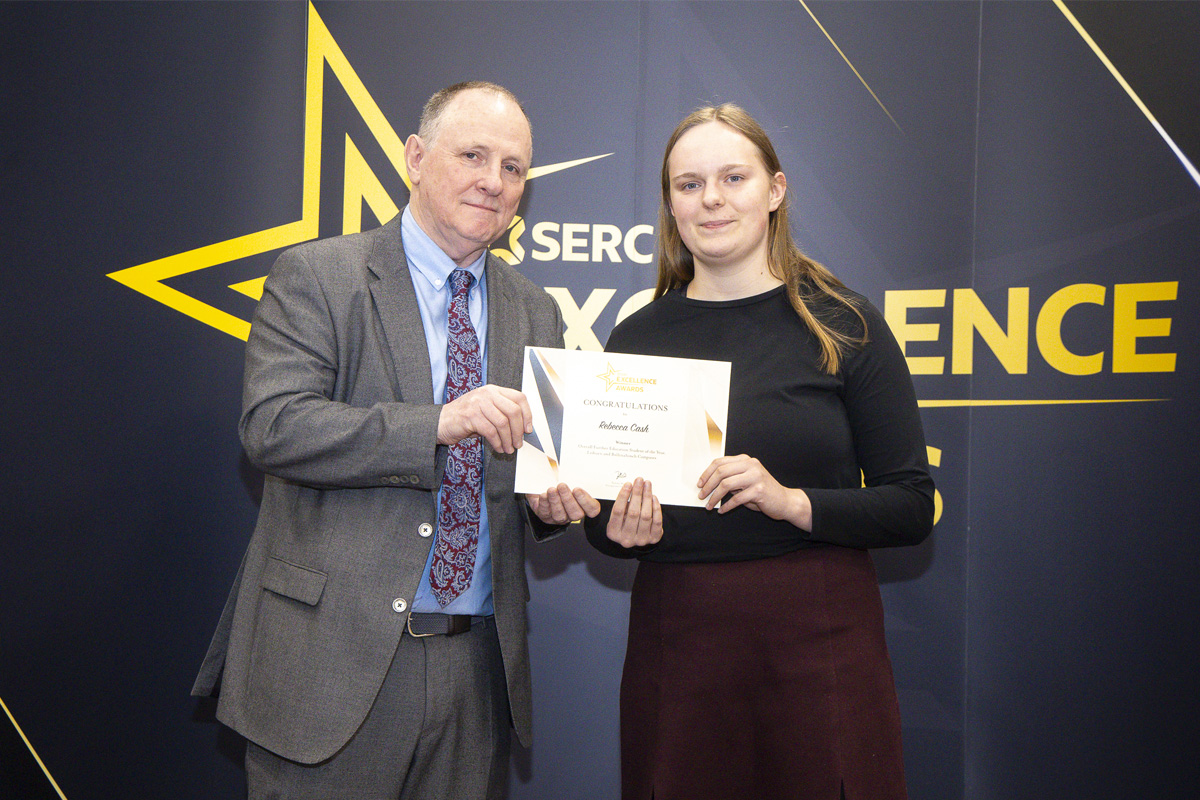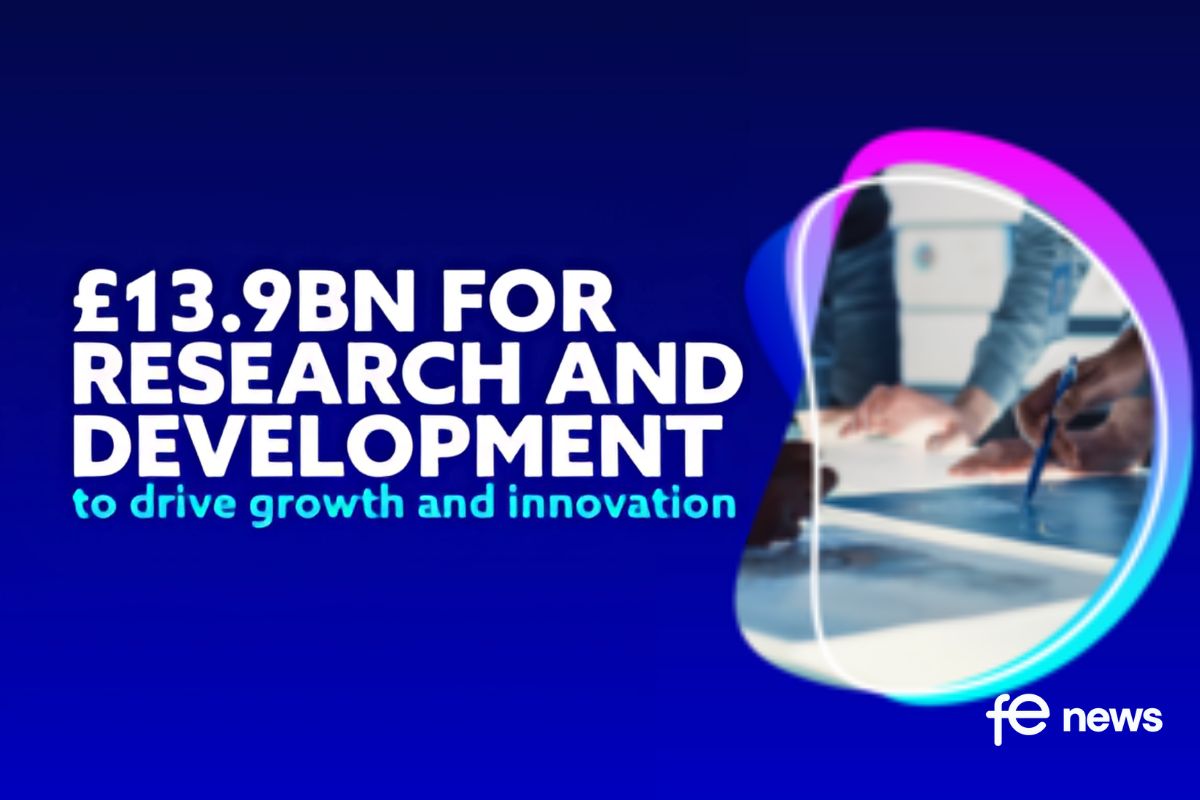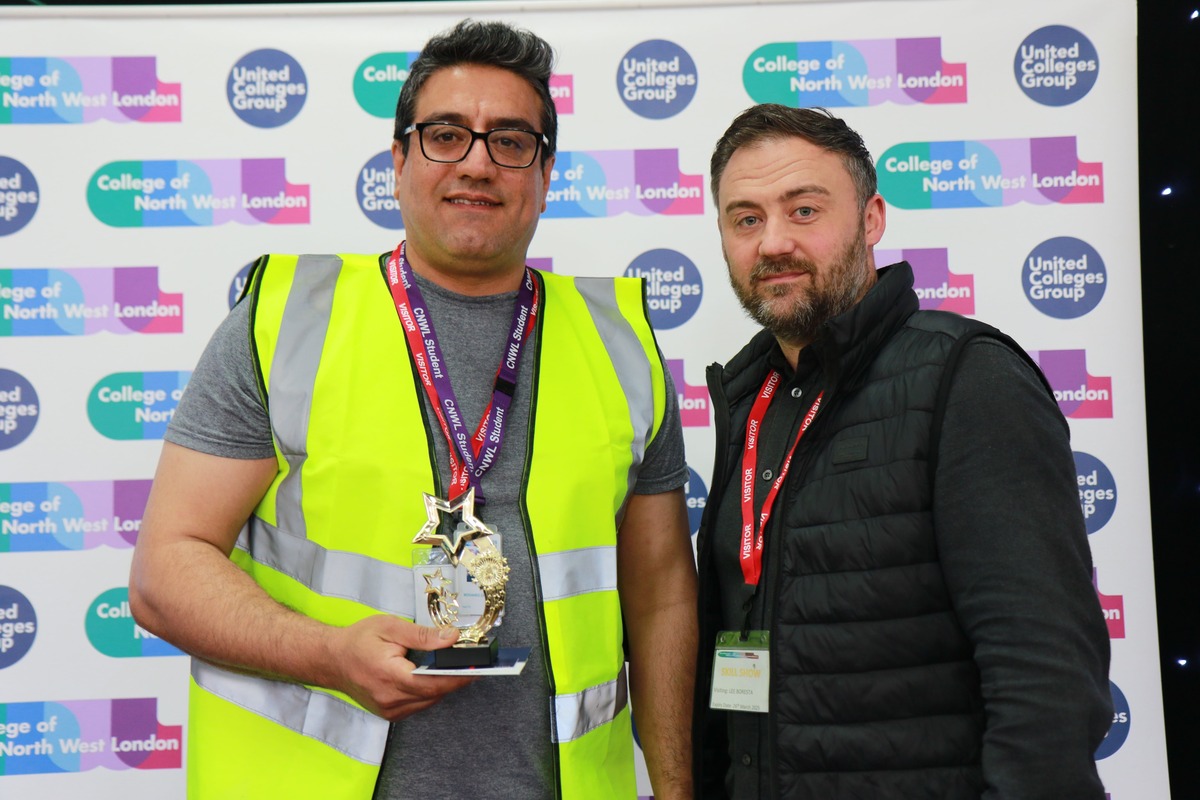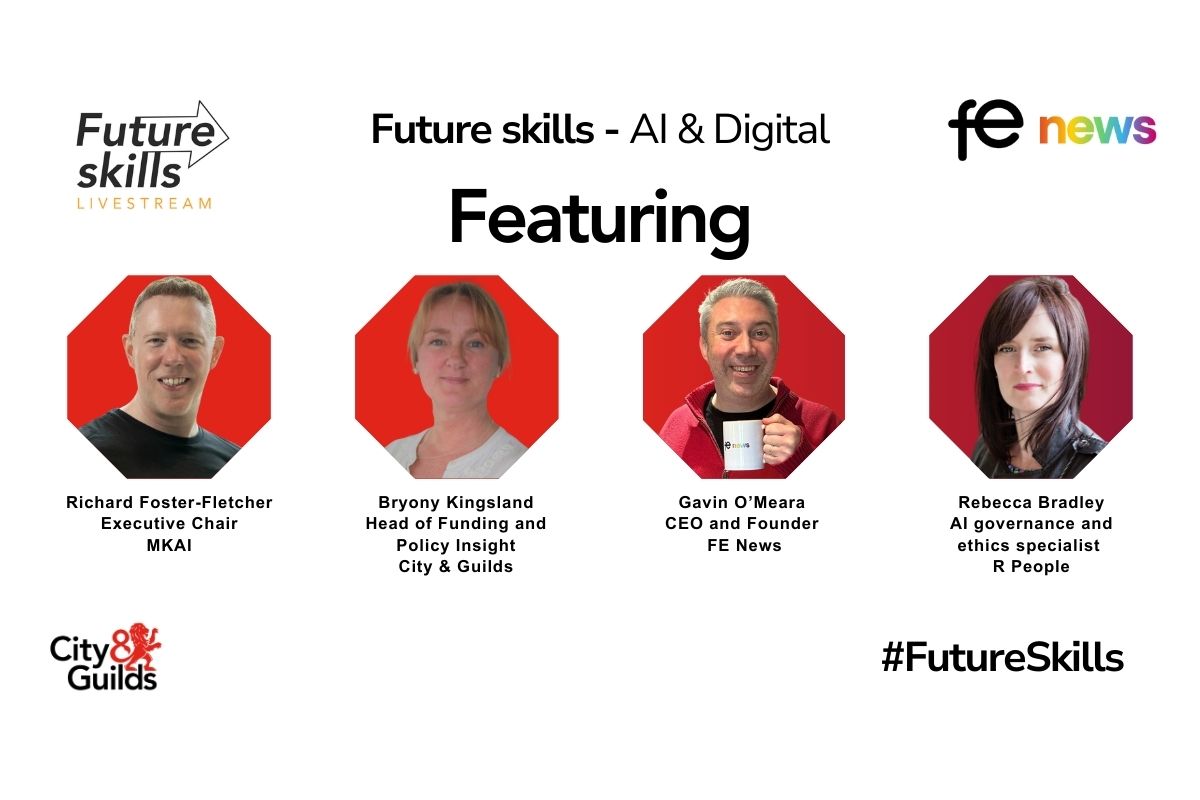Urgent rethink of hiring practices needed to prevent UK workers and businesses from being left behind

New resources from @LinkedIn and @Microsoft to help 250,000 businesses hire candidates based on their skills in 2021
- 5% of UK workforce currently unemployed
- Over a third of all new jobs started in the UK last year were by people moving into different industries or functions
- Jobs in E-commerce, Digital Marketing, Customer Service and Technology in-demand
- Transferable skills including communication, problem solving and digital literacy most wanted by employers
Companies must rethink their approach to hiring if they are to adapt to labour market instability, improve workforce diversity and close the burgeoning skills gap, says Microsoft and LinkedIn.
New data from the world’s largest professional network finds that over a third (36%) of new jobs started in the UK last year were by workers moving into different industries or functions where they may not have had previous experience.
5% of the UK workforce are currently unemployed (1.7 million people), 82% of all job vacancies now require digital skills, and more than two thirds of UK business leaders say they are facing a digital skills gap that could impair their ability to recover.
To succeed, companies must move to assess candidates on their skills and potential as much as their formal qualifications and direct work experience to ensure a fair recovery and successful future.
To help get people into jobs and employers to implement a skills-based hiring strategy, Microsoft and LinkedIn are launching a range of new tools and platforms designed to connect job seekers with employers.
Skills-based hiring essential
To encourage employers to think differently about hiring practices, LinkedIn and Microsoft are partnering to help 250,000 companies around the world hire candidates based on their skills in 2021. LinkedIn is also piloting Skills Path – a new way to help companies hire for skills – with 10 organisations including Gap Inc., TaskRabbit and BlackRock, and creating a common skills language through the LinkedIn Skills Graph to help people, companies and government improve workforce planning, hiring and development programs.
Helping the UK get back to work
Since last June, Microsoft and LinkedIn have helped more than 1.6 million people in the UK, and 30 million worldwide, gain digital skills through free online learning courses available at opportunity.linkedin.com. In response to the ongoing need to get people into jobs, Microsoft and LinkedIn will extend free LinkedIn Learning and Microsoft Learn courses and low-cost certifications through to the end of 2021.
Data from LinkedIn finds that communication, problem solving and digital literacy are among the most wanted transferable skills by employers today. Roles in E-commerce, Digital Marketing, Customer Service and Technology are also growing in demand.
Josh Graff, Managing Director, EMEA & LATAM, at LinkedIn, said:
“COVID-19 has further exacerbated an already uneven playing field when it comes to getting a job. Traditional hiring practices of assessing candidates based on their formal qualifications and experience means that so many capable people that are currently unemployed, or facing unemployment, risk being locked out of the job market since they may not tick all the “right” boxes.
“Employers are empathetic to the job turmoil the pandemic has created and must place greater emphasis on skills and overall potential when assessing candidates, which can help improve the diversity of their workforce, fill vital skills gaps, and ensure that UK workers don’t get left behind. Skills are the engine of growth, and there is tremendous value in job seekers understanding their transferable skills and ensuring they are front and centre when applying to roles.”
Hugh Milward, Senior Director of Corporate, External and Legal Affairs at Microsoft, said:
“We can’t go back to the old ways that stifle diverse thinking and innovation. We need to see a step change in how businesses identify, recruit and nurture talent. Because a truly inclusive recovery will require a skills-based economy and that only happens if you have a skills-based jobs market. We are committed to leading that change by helping people get the skills they need to succeed and employers the tools to make their first of many skills-based hires.”
Meghan Kelly, Global Head of Talent Acquisition at Gap Inc., said:
“As a company that is inclusive by design, we invest in talent practices that enable us to reach the broadest candidate base possible. Participating in LinkedIn’s Skills Path pilot will help us connect with candidates faster based on core skills and potential rather than traditional experience or credentials, which creates access for an even more diverse talent pool.”
LinkedIn and Microsoft have launched new features and resources to help job seekers make their skills stand out to potential employers, and help employers move to a skills-based economy:
Cover Story is a new feature on the LinkedIn profile that can help people share their story in a more authentic and engaging way through video. If you’re a job seeker, Cover Story is a great way to share more about your career goals and showcase your soft skills to recruiters and hiring managers through your profile. Cover Story is being rolled out globally starting today.
Career Explorer is an interactive tool to help people find jobs that match their skills. Using LinkedIn data, job seekers can see how their skills can lead them to new career opportunities, what additional skills they may need, along with LinkedIn Learning courses that can help fill those gaps.
LinkedIn members can showcase their proficiency for hard skills with Skill Assessments and earn a badge which gets added to their LinkedIn profile. LinkedIn members with five or more skills listed on their LinkedIn profile are discovered up to 27x more in searches by recruiters, and those with a Skill Assessment badge on their profile are 20% more likely to get hired.
LinkedIn members can use the #OpenToWork profile photo frame to signal to employers that they are looking for new opportunities. More than 6 million people are using the #OpentoWork photo frame, and they receive on average 40% more messages from recruiters and are 20% more likely to receive messages from the broader LinkedIn community.
Job seekers can also access free LinkedIn interview preparation tools.
Career Coach, a Microsoft Teams app powered by LinkedIn, provides a personalised guidance for higher education students to navigate their career journey. Career Coach offers educational institutions a unified career solution for students to help discover their goals, interests, and skills using an AI-based skill identifier and LinkedIn integration that aligns a student’s comprehensive profile with job market trends and helps them grow real-world skills and connect with mentors and peers all in one place.
Microsoft Apprenticeship Connector aims to simplify the apprenticeship process by listing vacancies across Microsoft’s network of partners and customers. This new online platform will connect more jobseekers with companies who need apprentices in the UK.
Methodology: LinkedIn analysed data from its 30 million members in the UK to understand the volume of new jobs started in the UK last year, and the percentage of those jobs that were started by people moving into roles in functions or industries that were different to their previous function or industry. A “new job start” is defined as when a LinkedIn member changes their industry, function or title. We observe this when a member adds a new position to their LinkedIn profile. Data from LinkedIn’s Jobs on the Rise report was also referenced.











Responses